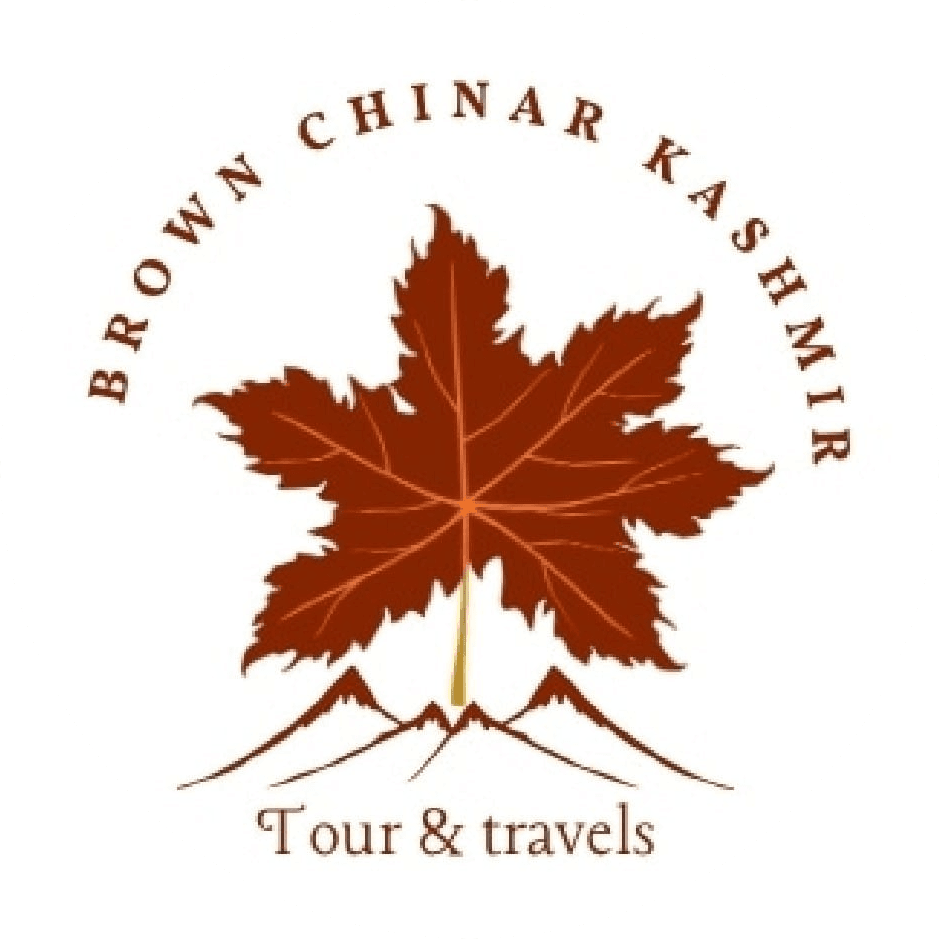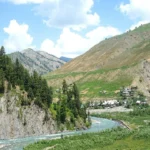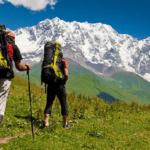Table of Contents
Toggle- Overview
- Why Ningle Nallah Needs to Make It to Your Bucket List
- Location & How to Reach: Drive to Ningle Nallah
- Best Time to Visit Ningle Nallah
- Trekking the Ningle Nallah Trail: What to Expect
- Hiring Guides & Ponies
- Flora & Fauna: A Subalpine Wonderland
- Camping & Accommodation: Where to Lay Your Head
- Sample 3-Day Itinerary for the Ultimate Gulmarg + Ningle Nallah Experience
- Photography & Videography Tips: How to Capture Magic
- Packing & Preparation: Your Complete Checklist
- Local Flavors: Savoring Kashmiri Cuisine
- Final Thoughts: Answering the Call of the Himalayas
- How to book Kashmir tour online?
- People Also Ask
- What is Ningle Nallah in Gulmarg?
- How do I reach Ningle Nallah from Gulmarg town?
- What is the best time to visit Ningle Nallah?
- How long is the Ningle Nallah trek?
- What is the difficulty level of the Ningle Nallah trek?
- Do I need a guide or pony for the trek?
- Are permits required for Ningle Nallah trekking or camping?
- What should I pack for a Ningle Nallah day hike?
- Can families with children visit Ningle Nallah?
- Is there mobile network coverage along the trail?
- Where can I camp near Ningle Nallah?
- What wildlife might I see on the trek?
- Is it safe to swim in Ningle Nallah’s stream?
- Are there washroom facilities at Ningle Nallah?
- Can I fish in Ningle Nallah?
- How high is the Ningle Nallah trailhead?
- What are the accommodation options in Ningle village?
- Can I use drones for photography?
- What local cuisine should I try near Ningle Nallah?
- Are bonfires allowed during camping?
- What fitness level is required for the trek?
- How do I prepare for altitude sickness?
- Is Ningle Nallah accessible in winter?
- What photography gear is best for Ningle Nallah?
- How do I practice responsible tourism at Ningle Nallah?
- Inquiry Form
Overview
Hidden behind the world-famous ski runs and meadows covered in flowers of Gulmarg is one of Kashmir’s best-kept secrets: Ningle Nallah. This pristine glacial stream meanders peacefully through a narrow valley lined with gigantic deodar and pine trees, creating a natural haven that feels far removed from tourist crowds. Whether you’re planning a Gulmarg day trip, an overnight camping adventure, or a multi-day offbeat trek in Kashmir, Ningle Nallah delivers an immersive wilderness experience. In this full-color travel guide, we’ll take you from tip to toe of planning your adventure: from how to visit and when to travel to the trailhead, through trekking guidelines, where to camp, surrounding culture, and insider information guaranteed to make your Ningle Nallah hike a memory never to be forgotten.
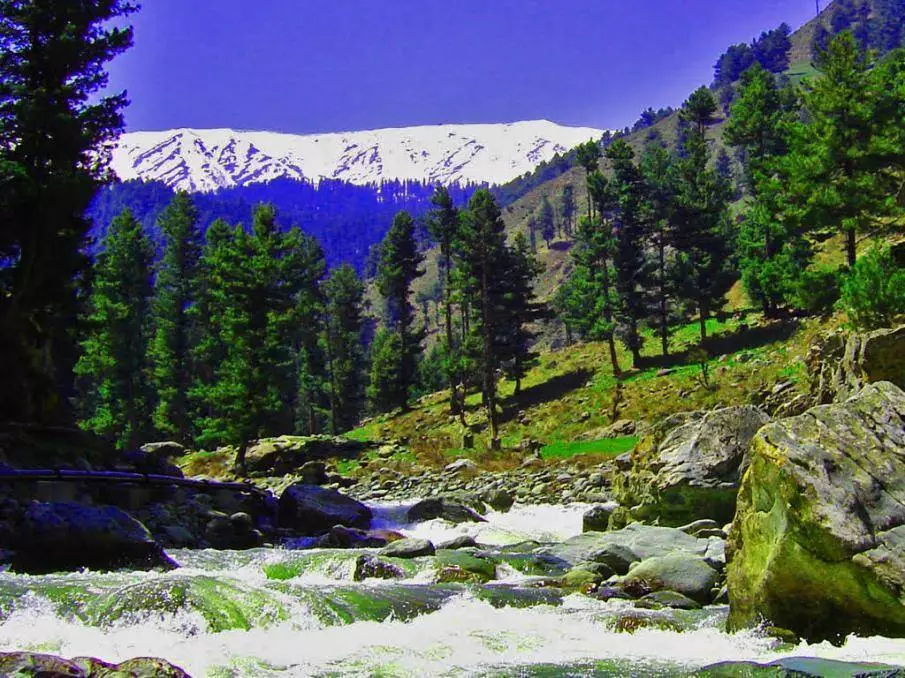
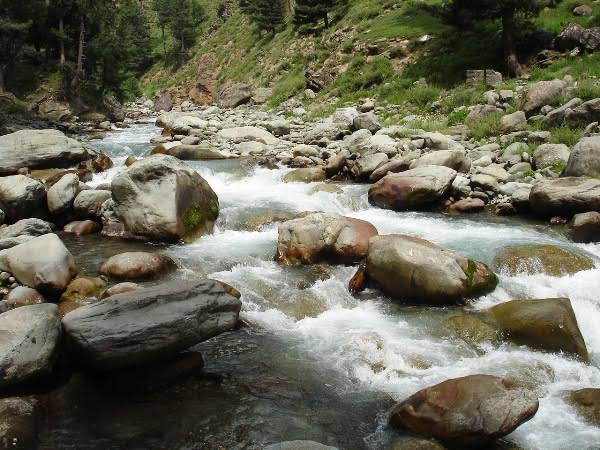
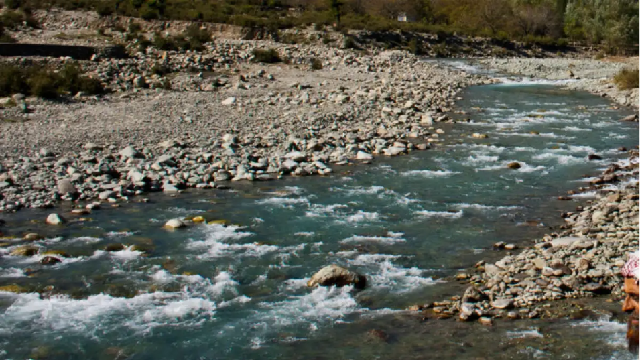
Why Ningle Nallah Needs to Make It to Your Bucket List
Gulmarg’s Gondola and slopes get all the limelight, but Ningle Nallah’s peacefulness has something unique to offer: a real wilderness getaway. Here’s why every tourist, from new hiking enthusiasts to expert backpackers, should make sure to add this secret valley to their plans:
Untouched Alpine Beauty: As opposed to Gulmarg meadows’ trampled tracks, Ningle Nallah’s gully-like valley and azure-blue stream remain largely untrammeled by human footfall, retaining its virginal aura.
Versatile Adventure: Perfect for a Gulmarg day trek, family river play, or a real Kashmir camping experience under an asterisk canopy.
Rich Biodiversity: Subalpine flora like wild primulas and rhododendrons, and chances to spot Himalayan monal, musk deer, and even a brown bear from afar.
Cultural Connection: Explore traditional Kashmiri villages, sample real Pahadi (mountain) cuisine, and promote community-run eco-stays.
Location & How to Reach: Drive to Ningle Nallah
From Gulmarg Town to Srinagar
Your journey begins from Srinagar, the summer capital of Kashmir. Here’s how to reach Gulmarg:
- By Road (56 km | 2–3 hours): Shared taxis and private cabs operate frequently from Srinagar airport and Lal Chowk. The NH44 drive is a treat of terraced fields, chinar-lined streams, and hillside villages.
- By Rail (Jammu to Banihal): If traveling from other regions of India, take the Jammu–Banihal rail link, then transfer to road to Srinagar and subsequently to Gulmarg.
From Gulmarg to Ningle Nallah Trailhead
On arrival at Gulmarg town (7,500 ft), you have two general options to proceed to the Ningle Nallah valley:
Direct Jeep Ride:
- Shared and private jeeps run from Gulmarg bus stand to Ningle village (8,300 ft).
- The 10 km gravel road is picturesque village landscape; from drop-off point 1.5 km walk to riverbank.
Gondola + Pony Trek Combo:
- Use the Gulmarg Gondola Stage I to Kongdoori (8,800 ft) and Stage II to Apharwat Peak (13,500 ft) for Himalayan views.
- Trek or slide down to Haffner meadow (9,200 ft), and track the narrow valley trail to Ningle Nallah.
- Ideal to combine Gulmarg touristing with an unconventional trek.
Pro Tip: Start early (6–7 AM) to avoid afternoon monsoon showers and take advantage of the best photography light.
Best Time to Visit Ningle Nallah
Seasonal changes in Gulmarg define sharply opposing experiences in the valley:
Late Spring (May – Early June):
- Snowmelt lines the stream with an essential torrent.
- Wildflowers like primulas and gentians adorn the meadows, offering marvelous nature photography scenes.
- Temperatures between 8–15 °C.
- Comfortable day temperatures of 12–20 °C; ideal for trekking and camping.
- Afternoon showers—do carry a water-proof layer on your Kashmir travel guide list.
- Time for fun river games with family, shallow rafting, and water picnic.
Autumn (September – October):
- Fresh, crisp days with blazing leaves and expansive mountain vistas.
- Fewer crowds make it the number one pick for off-the-beaten-path trails in Gulmarg.
- Ideal for animal watching as they migrate down the lower slopes.
Winter (November – March):
- Heavy snow covers the valley; trail beyond Ningle village usually impassable without mountaineering equipment.
- Only seasoned climbers with avalanche experience should attempt to go beyond the upper slopes.
- For the majority of visitors, winter involves remaining in Gulmarg town and engaging in snow sports.
Trekking the Ningle Nallah Trail: What to Expect
Trail Overview
- Distance: 3 km one-way (6 km round-trip)
- Elevation Gain: 400–500 meters
- Difficulty: Moderate (appropriate for novices with fundamental fitness)
- Duration: 2–3 hours ascent | 1.5–2 hours descent
- Terrain: Picturesque river beds, forest trails on mountains, occasional crossing of streams
The trekking route begins from the confluence of two mountain streams near Ningle village. The trail initially meanders through grasslands and then gets immersed in deodar and blue pine forests. As one moves higher, the valley becomes narrow and is transformed into a wonderful gorge where light passes through trees and falls on the crystal-clear water below.
Hiring Guides & Ponies
Local Guides: INR 800–1,200 per group; worth their weight in gold for catching sight of elusive bird species and navigating rough patches.
Pony Services: INR 1,000–1,500 round-trip; a less exhausting alternative for those who do not wish to walk the entire distance.
Insider’s Note: Haggling down pony prices politely is generally possible by 10–15%. Always agree on the price in advance.
Flora & Fauna: A Subalpine Wonderland
The variety of flora on the Ningle Nallah camping trail is a reflection of Kashmir’s subalpine diversity:
Flora Highlights:
- Unspoiled Forests: Deodar (Himalayan cedar) and blue pine towering above, forming a green canopy.
- Wildflowers: Primula, aster, buttercup, and demure Pashtun lily in bloom in late spring.
- Alpine Shrubs: Glowing rhododendron clumps on the forest floor.
Fauna Encounters:
- Birdlife: State bird Himalayan monal, snow partridge, woodpeckers, cuckoos, and colorful flycatchers.
- Mammals: Musk deer, Himalayan brown bear (rare), and grey langur monkeys.
- Aquatic Life: Wild brown trout in deep pools—catch-and-release fishing permitted in designated places.
Camping & Accommodation: Where to Lay Your Head
Riverside Camping
- Pitch your tent on the pebbled banks of the stream for a true Kashmir camping experience:
- Camp: No fee, but follow “Leave No Trace” principles.
- Package Camps: Tent, sleeping bag, food, and bonfire arranged by local operators (INR 1,500–2,500 per night).
Ningle Village Guesthouses
For a peek into village life:
- Ecostay Homestays: Locally managed, with traditional Wazwan meals (INR 800–1,200 per night).
- Tented Camps by Locals: Basic tents with common bathrooms, typically with evening kahwa and bonfire.
Gulmarg Town Hotels
If you prefer creature comforts after your trek:
Sample 3-Day Itinerary for the Ultimate Gulmarg + Ningle Nallah Experience
Day 1: Arrival at Srinagar; road to Gulmarg; hotel check-in Gondola Stage I & II; exploring Gulmarg meadow Dinner at local restaurant; early sleep
Day 2: Early breakfast; jeep to Ningle village Trek to Ningle Nallah; picnic by river Camp near the stream; bonfire & night sky gazing
Day 3: Sunrise birding & light breakfast Return hike; lunch at Ningle homestay Path back to Srinagar; departure
Extension: Convert into a 4-day tour with overnight camping and a guided forest walk therapy experience through deodar forests.
Photography & Videography Tips: How to Capture Magic
- Golden Hour Notice: Morning (6–8 AM) and evening (5–7 PM) softens light paints the valley into a brush on canvas.
Equipment Suggestons:
- Lenses: Landscape – wide-angle; Wildlife – telephoto (200–400 mm).
- Filters: Polarizer to reduce glare off water; ND filter to provide silky, slow exposures along streams.
- Drone Use: Permitted at approved sites—obtain Forest Department permission and fly 50 m over wildlife.
- Composition Tips: Set the turquoise stream against burning fall foliage or snow-covered pines for high-contrast drama.
Packing & Preparation: Your Complete Checklist
Clothing & Footwear
- Moisture-wicking base layers, insulating fleece, windproof exterior
- Waterproof boots with ankle support
- Woolen socks, gloves, and warm hat (even in summer, nights may be chilly)
Gear Essentials
- Daypack (20–30 L) with rain cover
- Hydration reservoir or water bottles (min. 2 L capacity)
- Trekking poles for stability on rocky trails
- Headlamp with spare batteries (for early mornings or late evening camps)
Camping Kit
- 3-season tent, sleeping bag rated to –5 °C, sleeping pad
- Portable stove, lightweight cookware, biodegradable soap
- Firestarter kit, waterproof matches
Health & Safety
- First-aid kit (including blister pads, pain relievers, antiseptic)
- Sunscreen (SPF 30+), lip balm with SPF
- Insect repellent with DEET
- Medication for altitude sickness (consult doctor prior to travel)
Documentation & Permits
- Government-issued ID (for forest check posts)
- Cash (ATMs scarce outside Gulmarg town)
- Emergency contact copies and hotel reservations
Responsible Travel: Treading Lightly on Kashmir’s Trails
- Leave No Trace: Pack out all trash; use reusable cutlery.
- Respect Wildlife: Observe from a distance; never feed wildlife.
- Stay on Marked Paths: Avoid trampling fragile alpine vegetation.
- Water Conservation: Re-fill at official springs; no soap in streams.
- Community Support: Hire local guides, eat at village homestays, and buy handicrafts to support local livelihoods.
Local Flavors: Savoring Kashmiri Cuisine
No travel guide to Kashmir is complete without experiencing the area’s rich cuisine:
- Rogan Josh: Braised lamb curry in fragrant spices.
- Tabak Maaz: Fried lamb ribs flavored with chili and garlic.
- Nadur Yakhni: Lotus stem in yogurt gravy.
- Kahwa & Noon Chai: Traditional saffron tea and buttered pink tea—perfect by riverside bonfire.
Dining Tip: Try a “Pahadi thali” at homestays in the area to taste mountain cuisine like maah (dried fish) and mustard greens.
Final Thoughts: Answering the Call of the Himalayas
The moment you set foot on the wooded trail of Ningle Nallah, you get the sense of timelessness of the valley. With each step reveals something new: from the sparkling stream running through a century-old pine grove to snow-capped peaks glinting on the horizon. If you crave the adventure of an off-beaten-path trek, solace close to thundering rapids, or just the simple beauty of a spill of wildflowers, Ningle Nallah pleases every single wanderer with soul-stirring experiences.
As you plan your Gulmarg trek, remember that the real magic lies not at the destination but on the journey—the laughter with travel companions, the aroma of Kashmiri kahwa by a roaring fire, and the stillness of dawn seeping across the Himalayan horizon. So lace up your hiking boots, bring your sense of wonder, and heed the call of Ningle Nallah—the hidden jewel of Gulmarg that you are going to discover.
How to book Kashmir tour online?
Contact Brown Chinar at +91 6005039532/+91 9906188874 or Email us at : Enquiry@brownchinarkashmir.com
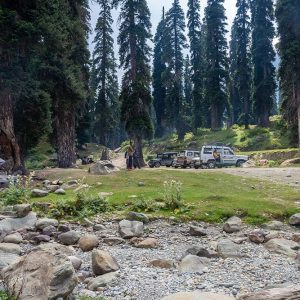

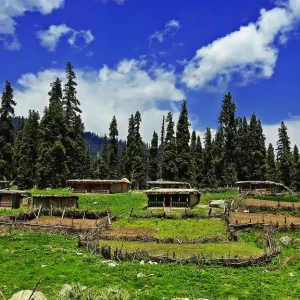

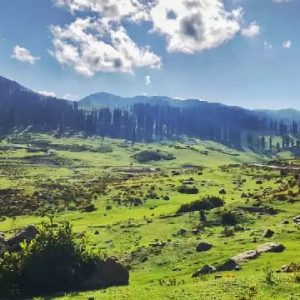
People Also Ask
What is Ningle Nallah in Gulmarg?
Ningle Nallah is a pristine glacial stream valley located near Gulmarg in Kashmir, famous for its turquoise waters, dense deodar and pine forests, and panoramic views of Apharwat Peak. It’s a top offbeat trekking and camping destination in Gulmarg.
How do I reach Ningle Nallah from Gulmarg town?
You can take a shared jeep from Gulmarg bus stand to Ningle village (approx. 10 km), then walk 1.5 km to the trailhead. Alternatively, combine the Gulmarg Gondola ride to Kongdoori with a pony or guided trek down to Haffner meadow and on to Ningle Nallah.
What is the best time to visit Ningle Nallah?
Late spring (May–June) for blooming wildflowers and rushing streams, summer (July–August) for pleasant trekking weather, and autumn (September–October) for crisp air and fiery foliage. Winter visits require mountaineering gear due to heavy snow.
How long is the Ningle Nallah trek?
The round-trip trek from Ningle village to the upper valley is about 6 km, typically taking 2–3 hours to ascend and 1.5–2 hours to descend.
What is the difficulty level of the Ningle Nallah trek?
Rated moderate: the trail is well-marked but includes rocky sections, shallow stream crossings, and an elevation gain of around 400 m, suitable for beginners with basic fitness.
Do I need a guide or pony for the trek?
Guides (INR 800–1,200 per group) and ponies (INR 1,000–1,500 round-trip) are optional but recommended for safety, local insights, and assistance on uneven terrain.
Are permits required for Ningle Nallah trekking or camping?
No formal day-trekking permit is needed; for overnight camping you may need a minimal-fee permit from the Gulmarg Forest Department, which your guide or homestay can arrange.
What should I pack for a Ningle Nallah day hike?
Essentials include moisture-wicking layers, sturdy trekking boots, rain jacket, water (2 L), snacks, sunscreen, hat, trekking poles, and a first aid kit.
Can families with children visit Ningle Nallah?
Yes—lower reaches have gentle terrain and shallow pools ideal for kids. Always supervise children near water and stick to the main trail.
Is there mobile network coverage along the trail?
Coverage is patchy beyond Gulmarg town; Jio and Airtel SIMs may work intermittently. Download offline maps and inform someone before setting out.
Where can I camp near Ningle Nallah?
You can self camp on the pebbled riverbank (no fee) or book package camps through local operators (INR 1,500–2,500/night) that include tents, meals, and a bonfire.
What wildlife might I see on the trek?
Keep an eye out for Himalayan monal, snow partridge, musk deer, langur monkeys, and, rarely, brown bears—always maintain a safe distance and avoid feeding animals.
Is it safe to swim in Ningle Nallah’s stream?
Only shallow pools are suitable for wading; the water is cold year-round and currents can strengthen near rapids. Never dive into unknown depths.
Are there washroom facilities at Ningle Nallah?
No formal toilets exist on the trail; use camping spades and pack out waste. Homestays in Ningle village offer basic washrooms.
Can I fish in Ningle Nallah?
Wild brown trout inhabit the pools; catch-and-release fishing is permitted in designated spots with a local fishing permit—check with forest authorities first.
How high is the Ningle Nallah trailhead?
The trail begins around 8,300 ft (2,530 m) in Ningle village, ascending to approximately 9,000 ft (2,740 m) at the upper valley.
What are the accommodation options in Ningle village?
Choose community-run eco homestays (INR 800–1,200/night) for authentic Pahadi meals or basic tented camps with shared facilities.
Can I use drones for photography?
Yes—fly at least 50 m above wildlife and avoid nesting areas. Obtain permission from the Forest Department to ensure compliance with regulations.
What local cuisine should I try near Ningle Nallah?
Sample Kashmiri specialties like rogan josh, tabak maaz, nadur yakhni, and sip kahwa at village homestays for an authentic Himalayan dining experience.
Are bonfires allowed during camping?
Small, controlled bonfires are usually permitted in designated camping zones; follow local guidelines and fully extinguish fires before leaving.
What fitness level is required for the trek?
Basic fitness is sufficient—regular walkers can complete the hike comfortably. Practice uphill walking and strengthen your legs beforehand for extra ease.
How do I prepare for altitude sickness?
Acclimatize in Gulmarg for a day or two, stay hydrated, eat light meals, and carry altitude sickness tablets (after consulting a physician).
Is Ningle Nallah accessible in winter?
The valley is heavily snowbound from November to March. Only experienced mountaineers with avalanche gear should attempt the upper trail.
What photography gear is best for Ningle Nallah?
Pack a wide-angle lens for landscapes, a telephoto (200–400 mm) for wildlife, a polarizing filter to reduce glare, and an ND filter for silky water shots.
How do I practice responsible tourism at Ningle Nallah?
Follow “Leave No Trace” principles: carry reusable utensils, pack out trash, stay on marked paths, avoid disturbing wildlife, and support local guides and artisans.
